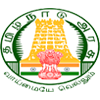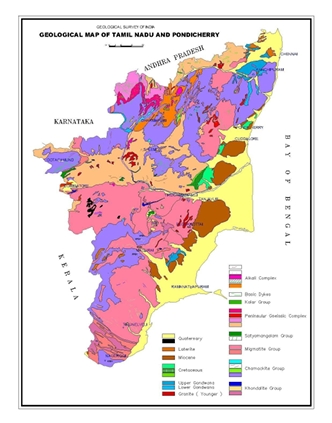Geology
Company Statistics Analysis
Great Achievement For Insurance
8563 +
Saticfied Custimer
2630 +
Experience Members
100 %
Satisfaction Rate
25 +
Years Experience
963 +
Awards Winning
Popular Clients
We’ve 1520+ Global Premium Clients



The Southern Granulite Terrain (SGT) of India, covering the states of Tamil Nadu and Kerala and the marginal zones of Southern Karnataka, was earlier considered to be the southern extension of the Granite-Greenstone terrain of Dharwar Craton exposed at a deeper tectonic level. This concept was based on the observation that the grade of metamorphism gradually increases from north to south. Geochronological and isotopic studies have brought to light that the southern part of the SGT lying south of Palghat Cauvery Lineament (PCL) has a geological history distinctly different from the Dharwar Craton. These studies have shown that the terrain lying north of PCL shows crustal growth during the period from 3400 to 2500 Ma. In contrast, crustal growth in the terrain south of PCL is considered to have taken place predominantly during Post Archaean times, as constrained by Nd model ages (Harris et al., 1994).
GENERAL PROFILE OF THE DISTRICT
Cuddalore Formation of Mio-Pliocene age (correlatable with Warkalli/ Quilon beds of Kerala), comprising calcareous sandstone and Limestone. Limestone is exposed as thin capplngs southwest of Kuzhitura nearer to the coast, bordering Kerala State. Quaternary sediments of fluvial, fluviomarine, aeolian and marine origin occupy a width of 3 to 5 km. all along the southern part of the district, adjacent to coast.













